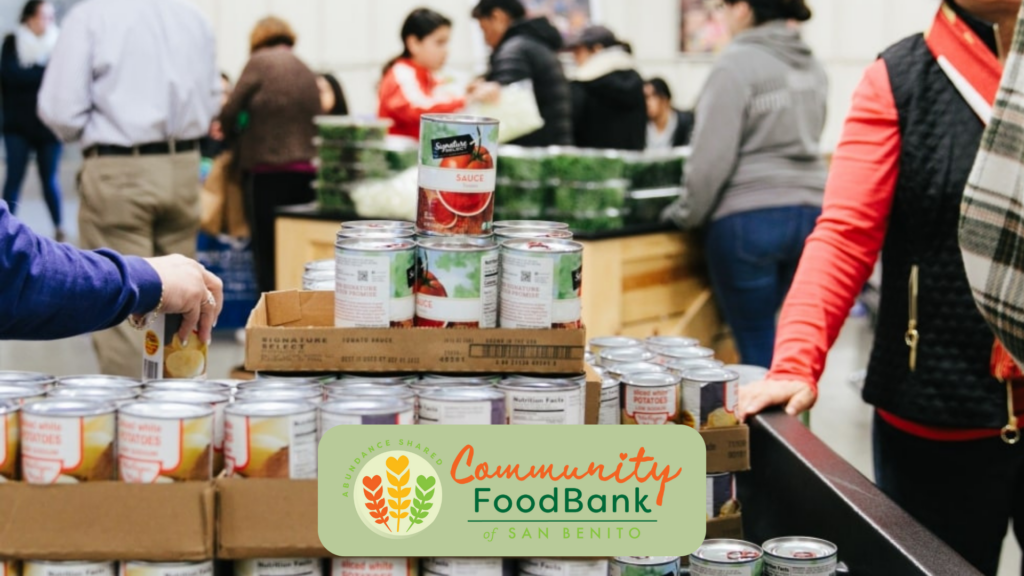
CalFresh benefits will decrease by at least $95 per month for 3,149 San Benito County families starting April 1st. The Community Food Bank of San Benito County is making provisions for the increase in need, which has already been compounded by the pandemic, inflation, and recent flood and storm disasters.
“We’re bracing now,” said Sarah Nordwick, CEO and Executive Director. “We’ve already seen a big influx. In one week in January, we saw 4,000 families. That’s families, which could be 16,000 individuals. I take that as a sign of the fear people have right now. Their work may be gone, they may have storm damage, and now benefits like CalFresh are decreasing.”
CalFresh is federally known as the Supplemental Nutrition Assistance Program (SNAP). The program provides monthly food benefits, via Electronic Benefit Transfer (EBT) card, to people with low incomes. During the pandemic, the federal government approved emergency allocations and individuals saw their benefits increase by at least $95 per month. The amount each household saw in increases will not appear in the April 1st EBT card balance.
According to the California Association of Food Banks, CalFresh accounts for 36% of the food assistance Californians in need receive. The pandemic-related emergency allotments “represented one-third of the food safety net in 2021 — or more than 3 billion meals.”
With 33% of the food safety net disappearing in San Benito County, the Food Bank is preparing to meet the increase in need.
“Food banks fill in when there’s a gap between the economy and the social support systems of the government,” Nordwick said. “And we do it literally overnight. The food banks don’t just sit around and wait for approval. The need is there, and we just go.”
San Benito residents in need can seek additional assistance, even before April 1st, by visiting The Marketplace at Community Food Bank of San Benito County, meeting up with our mobile food pantry in various locations throughout the week, contacting your local school for the Student Snack Bag Program, or arranging brown bag delivery for seniors and shut-ins.
The Food Bank continues to scale up operations. Staff have sought out wholesale partners to purchase food affordably. Nordwick reported the Food Banks food purchasing budget tripled during the pandemic, with government support declining and food purchasing becoming increasingly necessary.
“A can of Campbell’s Soup might cost $2-$4 at the grocery store, while the Food Bank has the wholesale purchasing power to get a whole pallet of cans for $0.65 each,” Nordwick said.
A donor could therefore make a $25 monthly donation and help the Food Bank meet the need created by the decrease in CalFresh benefits. Please consider making a gift today.
In our tightknit community of 66,000, we can all contribute to a vision in which no resident suffers from hunger or malnutrition.

